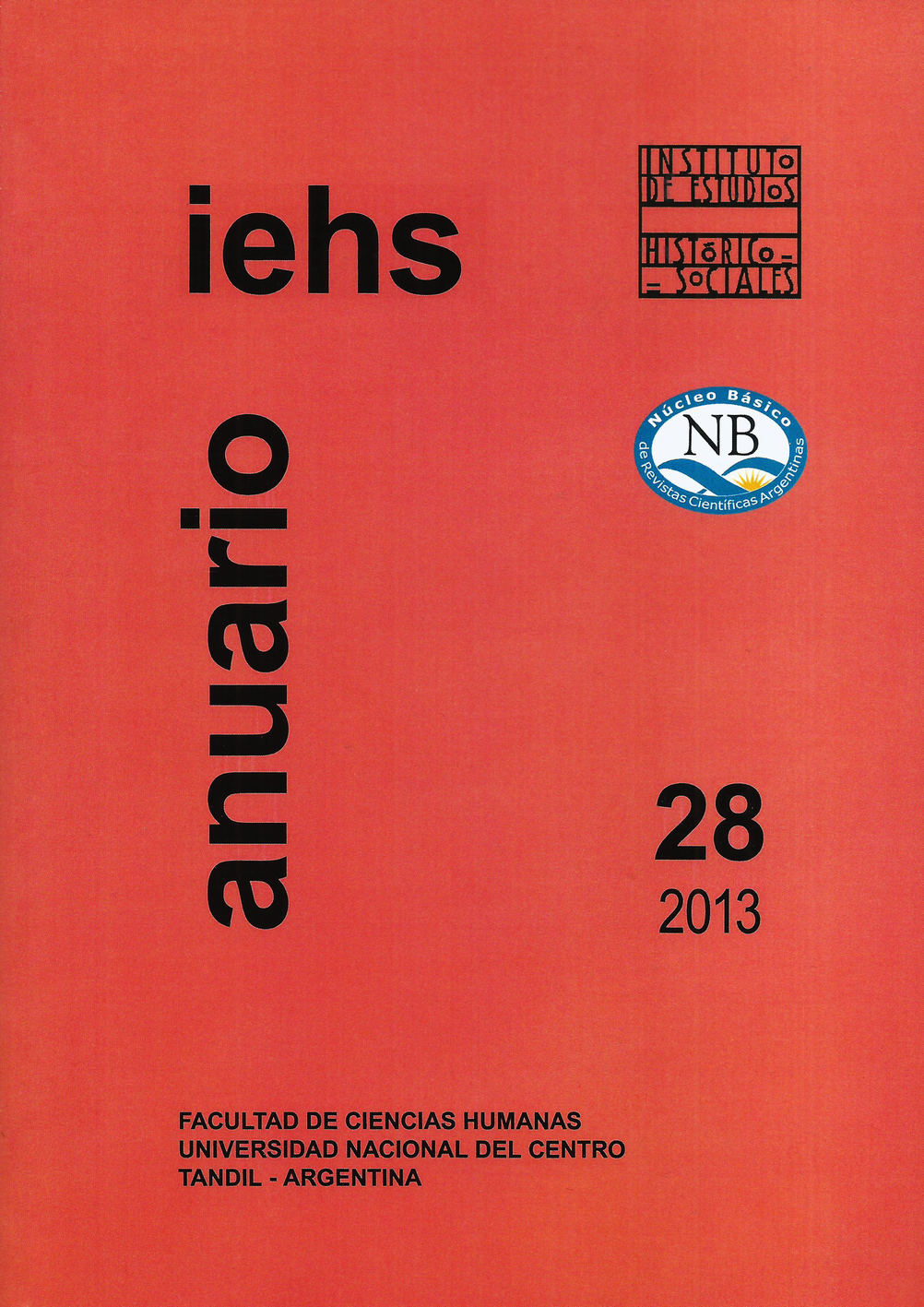El sindicalismo “libre” y el movimiento sindical argentino desde mediados de los años ́40 a mediados de los años ́50
Keywords:
History of ICFTU-ORIT, International relations of the Argentine labor movement, Argentine unions under Perón ́s first two governmentsAbstract
This article analyzes some key moments of the relationship between the Argentine labor movement and the free trade-union movement, from the mid-1940s to the mid-1950s. It focuses on two main sub-periods of this history. First, it analyzes a series of conflicts and characterizations previous to the foundation of the ICFTU and ORIT between the CGT, the Argentine government and the free trade-union movement. It takes into account some leading figures and important incidents and confrontations that resulted in the characterization of Peronism as a “dictatorship” and of the CGT as a “government’s political branch.” Second, it contends that after the ICFTU and ORIT were founded in 1949 and in 1951 respectively, this confrontation deepened, particularly in 1952, when the Argentine government promoted the creation of the Comité de Unidad Sindical Latinoamericana (CUSLA) and later the Asociación de Trabajadores Latinoamericanos Sindicalistas (ATLAS). These initiatives were very important landmarks and fostered the confrontation and tensión between the ICFTU and ORIT and the majority of the Argentine labor movement, even after the 1955 coup d’état that overthrew Perón in 1955. Lastly, the article presents some elements that contribuye to understand some of the posible causes of this conflictive relationship.
References
.
Downloads
Published
Issue
Section
License
Copyright (c) 2024 Anuario IEHS

This work is licensed under a Creative Commons Attribution-NonCommercial 4.0 International License.



